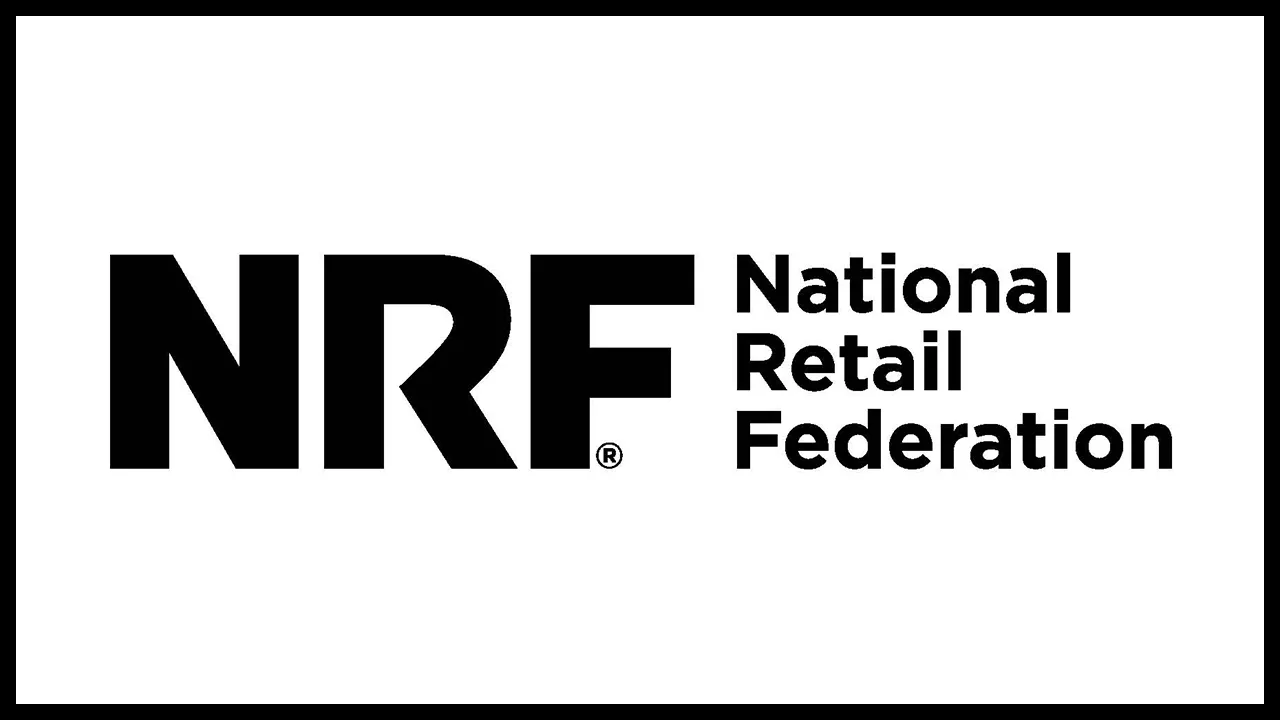WASHINGTON – Despite facing inflation, high interest rates, and other economic hurdles, the U.S. economy showed remarkable resilience in 2024 and is poised for further growth in 2025, according to Jack Kleinhenz, Chief Economist for the National Retail Federation.
“The U.S. economy ended 2024 on a high note, and the outlook looks promising for 2025,” Kleinhenz stated in the latest NRF Monthly Economic Review. “Recent performance demonstrates solid economic footing, with growth exceeding historical averages. The labor market remains robust, unemployment is low, inflation is nearing the Federal Reserve’s target, and interest rates are trending downward.”

Last year was marked in considerable measure by the impressive resiliency of the consumer and a sturdy labor market. Low unemployment and wage gains that have outpaced inflation supported consumer spending even as employers have slowed hiring.
Kleinhenz tempered optimism with caution, noting, “While there is good reason to anticipate healthy growth, much depends on factors like trade, immigration, and fiscal policies. Still, the resilience of the U.S. consumer should continue to be a dominant force.”

2024: A year of resilience
The report highlighted key economic achievements in 2024:
- GDP Growth: Gross domestic product (GDP) grew by 2.7%, outperforming expectations and setting a solid foundation for 2025, which is projected to see growth between 2% and 2.5%.
- Labor Market Strength: Unemployment claims remained low, with ongoing claims increasing by only 40,000 year-over-year. Average hourly wages rose by 4.4% on a three-month annualized basis as of November.
- Inflation Control: Year-over-year inflation, measured by the Personal Consumption Expenditures Price Index, fell to 2.4% by November, nearing the Fed’s 2% target.
Consumer spending: The driving force
Consumer spending played a pivotal role in economic stability. Spending on goods and services rose 5.5% year-over-year in November and December, buoyed by a 5.2% increase in disposable income. Core retail sales, excluding volatile sectors, were up 4% on a three-month moving average through November.
Holiday shopping also provided a boost, with spending expected to meet or exceed NRF’s forecast of 2.5% to 3.5% growth over 2023. “The combination of wage growth outpacing inflation and stable employment fueled consumer confidence, even amid lingering concerns over high prices,” Kleinhenz explained.
2025: A year of optimism and challenges
The Fed’s efforts to balance inflation control and economic growth will shape the year ahead. A quarter-point interest rate cut in December set the stage for gradual easing, with further reductions expected in 2025. However, the pace of these cuts is projected to be more conservative than initially anticipated, likely totaling only half a percentage point.
Consumer confidence also showed improvement, with the University of Michigan’s sentiment index reaching its highest level since April 2024. “The economic landscape may shift, but the foundation laid in 2024 provides a strong starting point for the coming year,” Kleinhenz concluded.











